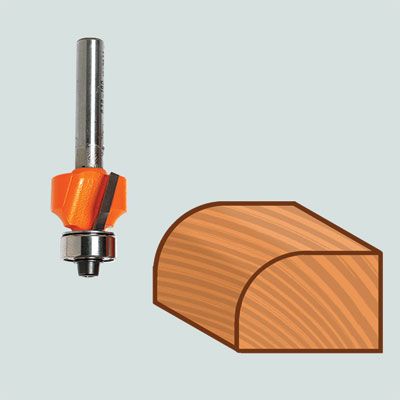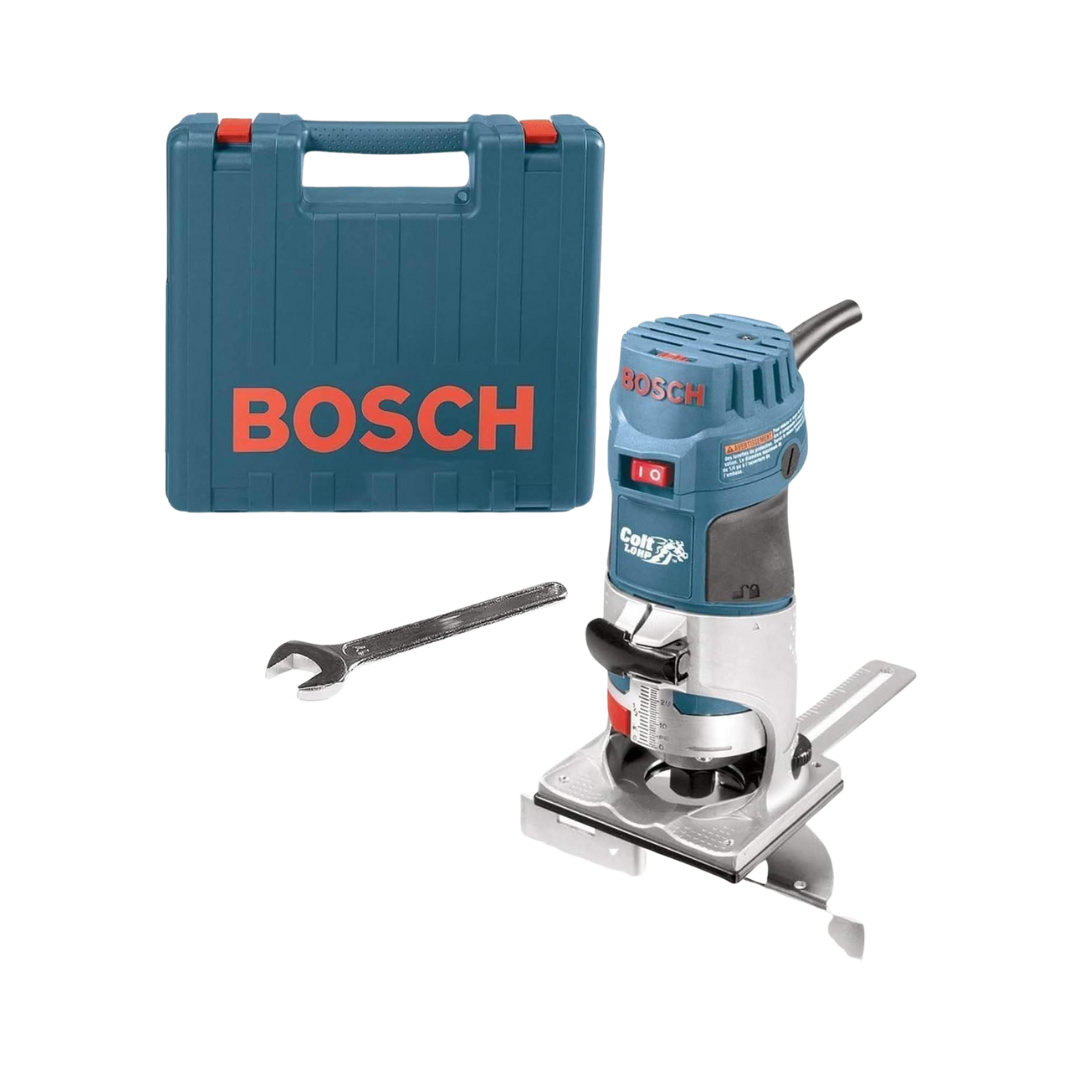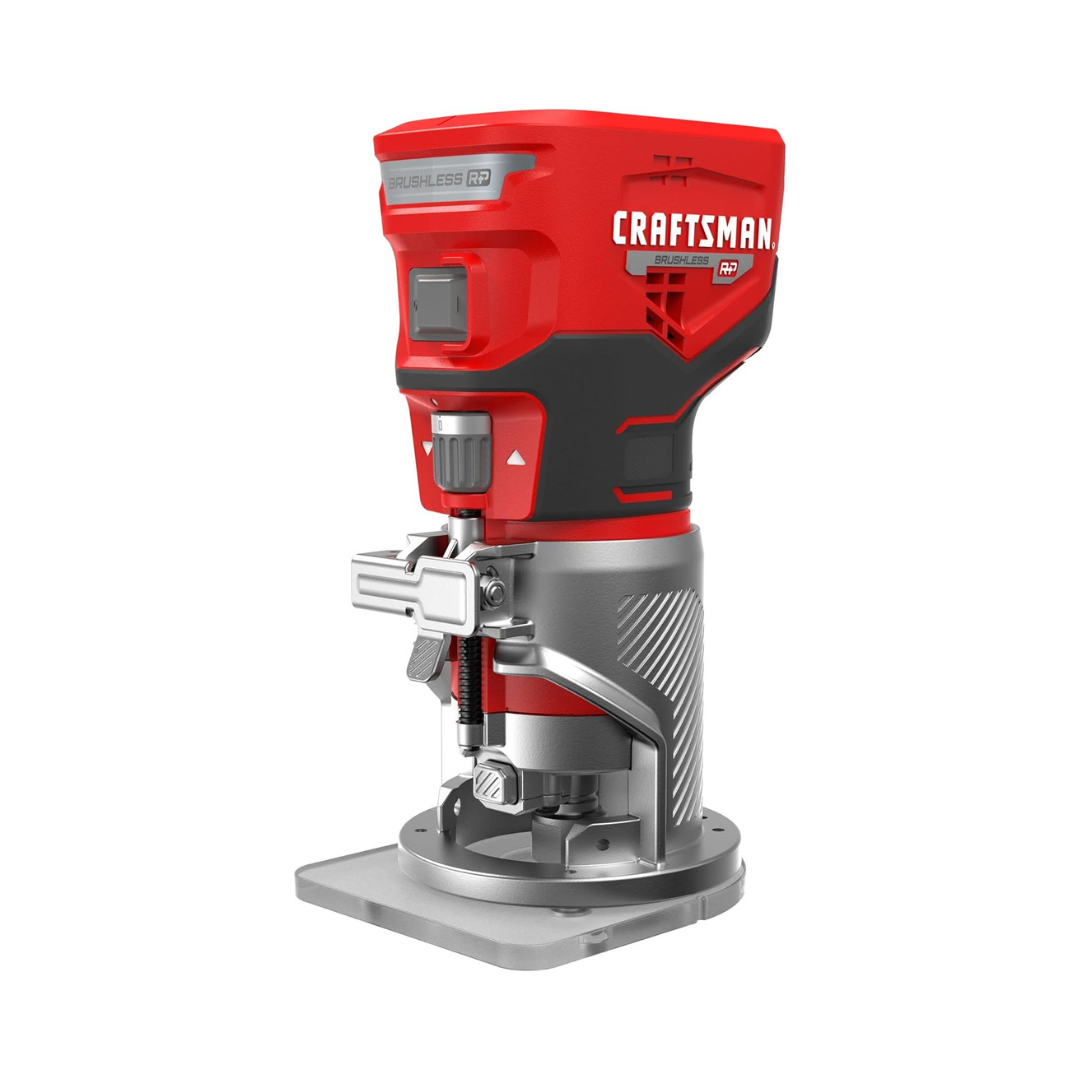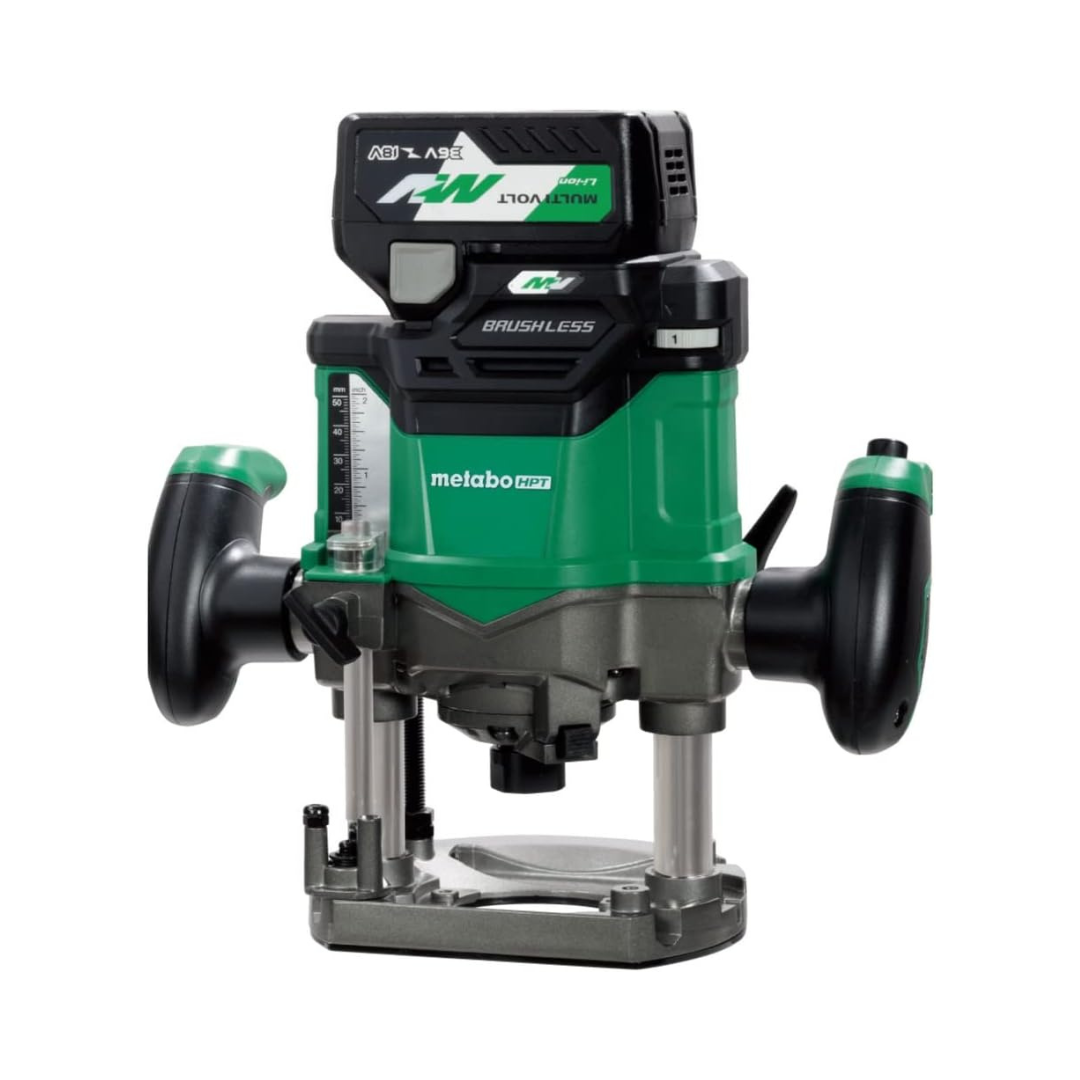Why lug the work to your shop when you can take your router to the work? Whether you’re fluting a fence post or rounding built-in shelves, these one-handed wood detailers make a big impression.
Variable-speed trim routers won’t hog out as much material in one go as their big-boy cousins, but they’ll handle just as many kinds of wood and nearly as many types of cuts. In this guide, we’ll share our favorite trim routers on the market and give you the tips and tricks you need to get the most out of your new tool.
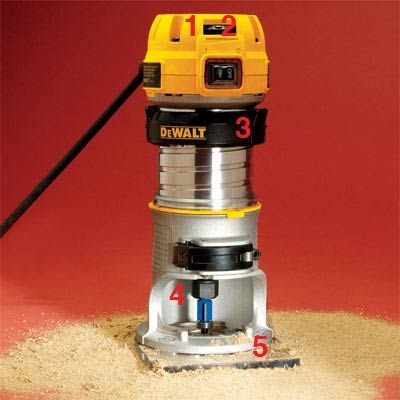
Selecting the Best Trim Routers
In general, we recommend that you look for the following five features in a trim router:
- A flat top to stand up the router when you’re changing bits.
- Accessible knobs to adjust the speed.
- Easy-to-use depth controls.
- A base design with a wide opening to let you see the bit.
- A choice of interchangeable base plates, such as this clear acrylic one that improves bit visibility.
Here are some of our favorites that fit the bill. We personally tested each one and recommend them for DIYers.
Using a Router Safely
For control, you want the bit pulling itself into the wood and pushing back against you. Since all bits spin clockwise, just keep the work to the left as you push the router along. That means going clockwise for interior profiles. The caveat is, this approach can splinter end grain.
“In general, the larger the bit’s diameter, the slower the router’s speed should be, to reduce the chance of splintering and burning the wood,” says This Old House general contractor Tom Silva.
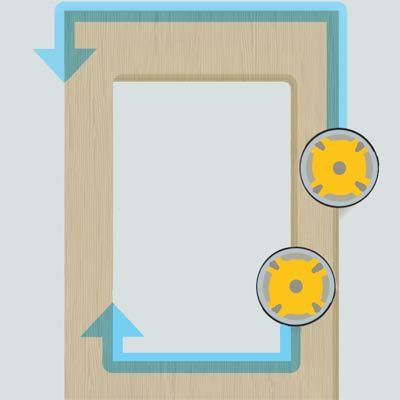
Using the Proper Technique
Three must-have skills that will help you get the most out of any router:
1. Fluting
Simply guiding the router’s fence along the edge of your workpiece won’t deliver pin-straight flutes. Start the cut from the end, then as you rout, keep constant pressure on the section of fence ahead of the bit. This assumes, of course, that the edge is straight.
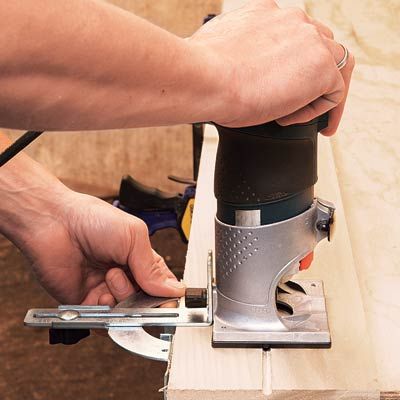
2. Climb Cutting
Remember what we said about router direction? True, but you can avoid splintering altogether if you first pull the router along the end grain, then do a traditional pass around the entire piece. Be careful: Use a two-handed grip, and anticipate the tool trying to buck.
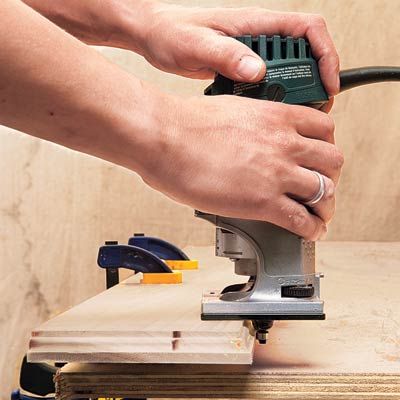
3. Rabbeting
Set the bit depth to no more than 1/8 inch so that you don’t strain the motor. Then, using the fence, make multiple passes until you reach the L-shaped groove’s final depth. A rabbet should be no deeper than one-third of the board’s total thickness.
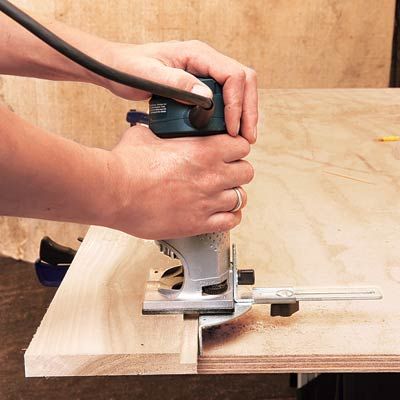
4 Useful Router Bits for Your Collection
Compact routers take only bits with 1/4-inch shanks, but there’s a universe of them out there. Start your collection with these four.
Core Box
Use this bit to mill round-bottomed grooves, called flutes, for sign lettering and casing.
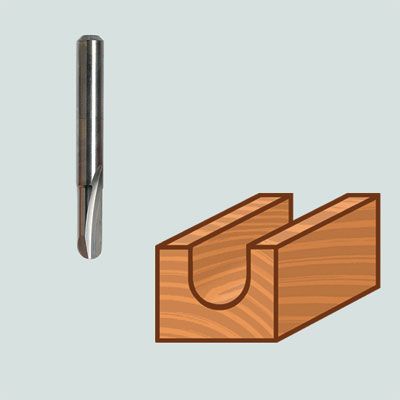
Bead and Cove
Dress up edges with this classic profile bit, all in one pass.
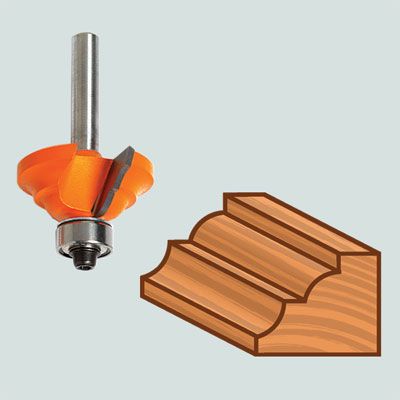
Rabbet
Use this bit to groove the rear edges of casework, creating a lip to glue and nail the back panel in place.
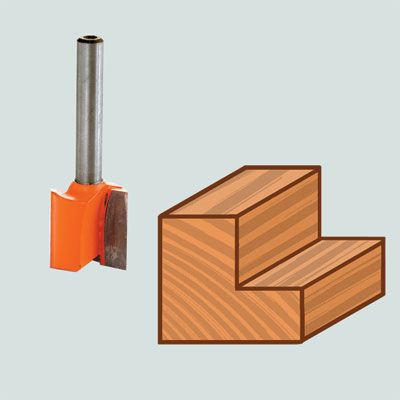
Roundover
Use this bit to knock down square edges so that they don’t easily splinter using a bit fitted with a bearing that rides along the edge for a consistent cut.
